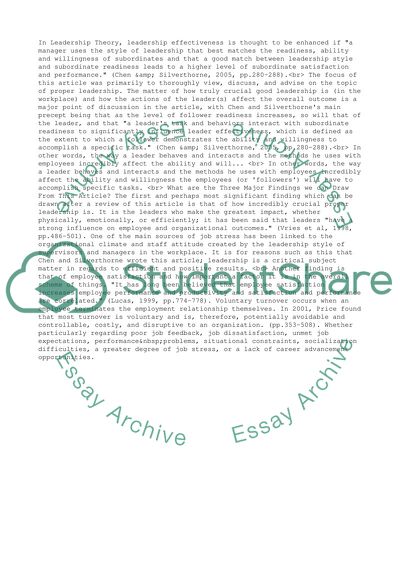Cite this document
(Ethics in Leadership Effectiveness Leadership Style by Jui-Chen Chen Book Report/Review, n.d.)
Ethics in Leadership Effectiveness Leadership Style by Jui-Chen Chen Book Report/Review. Retrieved from https://studentshare.org/management/1515029-leadership-effectiveness-leadership-style-and-employee-readiness
Ethics in Leadership Effectiveness Leadership Style by Jui-Chen Chen Book Report/Review. Retrieved from https://studentshare.org/management/1515029-leadership-effectiveness-leadership-style-and-employee-readiness
(Ethics in Leadership Effectiveness Leadership Style by Jui-Chen Chen Book Report/Review)
Ethics in Leadership Effectiveness Leadership Style by Jui-Chen Chen Book Report/Review. https://studentshare.org/management/1515029-leadership-effectiveness-leadership-style-and-employee-readiness.
Ethics in Leadership Effectiveness Leadership Style by Jui-Chen Chen Book Report/Review. https://studentshare.org/management/1515029-leadership-effectiveness-leadership-style-and-employee-readiness.
“Ethics in Leadership Effectiveness Leadership Style by Jui-Chen Chen Book Report/Review”, n.d. https://studentshare.org/management/1515029-leadership-effectiveness-leadership-style-and-employee-readiness.


